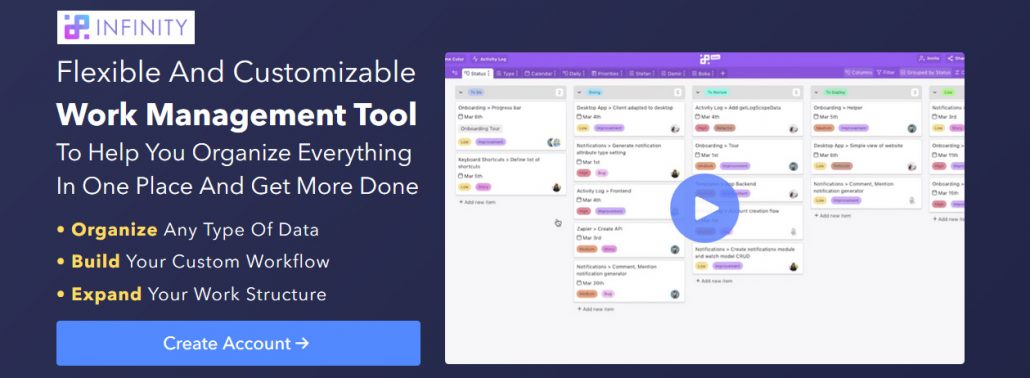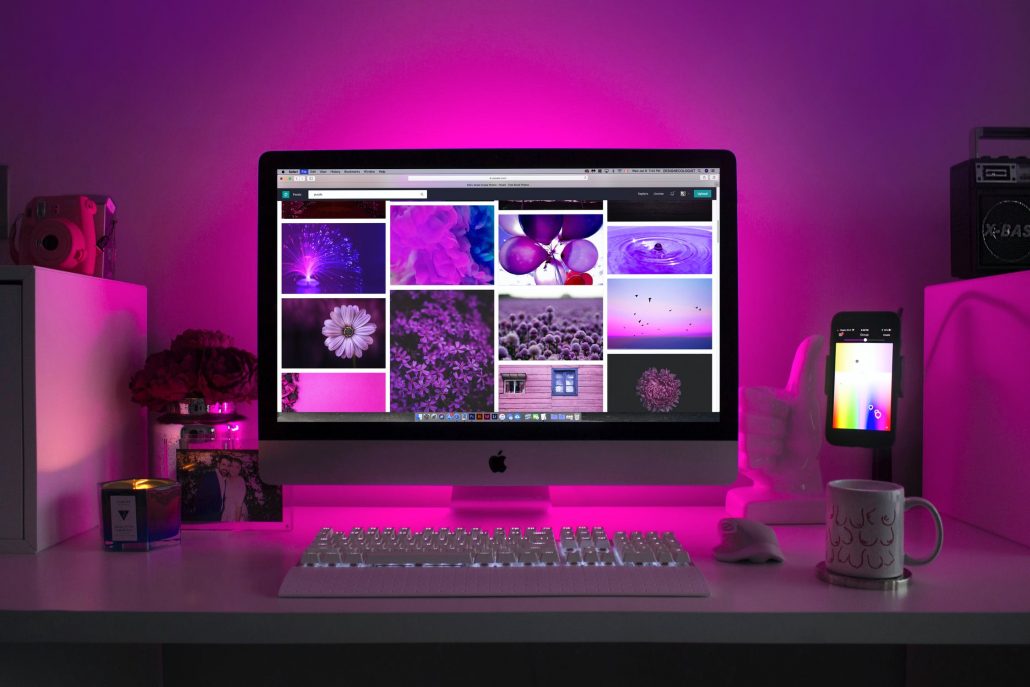Guest post by Matthew Reeves.
Beautiful website design, regardless of the industry or current trends, will always adhere to certain golden rules of design relating to ease of use, inclusion of all information relevant to the user journey, and high-quality (original, if possible) imagery.
However, every year does bring something new to the table. While 2020 was all about high-tech and bold, fantastical concepts, here’s a prediction that 2021 will be rooted in realism.
The notions of user experience, accessibility, and inclusivity will reflect the coming year’s web design. We can expect the blend of digital and the physical to blur the line between the websites and everyday activities.
Taking into consideration both the history of web design and today’s intuitive yet sophisticated web design tools, here are seven web design trends we expect to see have an impact in 2021.
Trend #1: Extreme Minimalism And Maximalism
Minimalism in web design has been quite prevalent in recent years, but in 2021 it will reach a new extreme. It will also share the spotlight with an intense form of maximalism.
Simplicity, lots of white space for better user focus, and stripping away superfluous design elements are the essentials of minimalist web design. Applying these “less is more” principles to website design makes a strong impression on audiences through easy user experience.
Maximalist web design thrives on leftover elements from brutalist websites, although present in a less aggressive way. In 2021, maximalist websites will put an emphasis on creative expression over order.
In web design, maximalism will be about plenty of effects, vector art, animations, and unusual layouts. These elements enhance the website spots where designers want to attract the attention of the user.
Some of the crucial elements of maximalist web design will be a greater degree of font variation across the website, overlapping visuals, and floating elements and layers. This approach will give more freedom to designers, but the challenge of not overwhelming site visitors will remain.
Trend #2: Parallax Animations
Web-based animations such as particle backgrounds and micro interactions have become increasingly popular in recent years. With the separation of page elements into background and foreground, animation complexity is increasing.
These complex animations forming unique interaction between elements are called the parallax effect. It is, essentially, an optical illusion that makes elements that are “closer” to the viewer move faster than the ones that are “farther away.”

Support small businesses. Don’t buy through “review sites” and give your money to Gartner.
The parallax effect mimics the real-life phenomena of the way objects appear to be moving as we pass scenery while driving.
In website design, this effect creates a sense of navigational depth thanks to the separation of foreground and background elements, allowing a greater degree of immersive user experience.
Trend #3: Abstract Art
Minimalism and simplicity in web design is also achieved through abstract geometrical shapes such as circles and squares. These shapes are easy to integrate in complex free-form website compositions.
As a substitute for high-end and stock photography – especially for startups that may not be able to afford this yet – abstract art will be a trend to watch for in tech products/services and app websites.
Abstract art is still going to include illustrations of people, evoking similar emotions for site visitors as actual photos of humans.
This web design trend will add a dash of bursting energy with vibrant colors and unexpected shapes, creating warm and expressive web pages.
Trend #4: Horizontal Scrolling
What used to be a web design anathema will become a regular occurrence in 2021. Horizontal scroll is making a big comeback and this time around it won’t be considered a design faux-pas.
In the context of next year’s web design, horizontal scroll will be used for practical purpose of disclosing secondary information progressively, emulating the feel of an image gallery.
Any website design company applying this trend will need to adhere to a specific set of best practices:
- Websites with horizontal scroll should also allow for alternate ways to navigate and not force the visitors to navigate horizontally only.
- There should be indications of where content uses horizontal scroll with clear visual cues.
- Web designers will need to think about what content benefits from horizontal scroll, for instance a photo gallery that provides a small preview to users.
- Web design specialists should avoid horizontal scroll for important copy on the page.
Trend #5: Augmented Reality
Augmented reality (AR) is another tech component that is finding its use in web design. It provides next-gen immersive experiences in both usability and aesthetics.
AR’s capability to enhance businesses’ digital capacities will be used increasing in coming years. It can be used, for example, in situations where shoppers can’t or don’t want to set foot inside a physical store. AR websites can simulate that shopping environment online, along with comprehensive customer service.

AR enhances the buying process by enabling shoppers to look at and even “feel” products in 360-degree surroundings. eCommerce businesses and companies that sell complex products that buyers need to physically examine before purchasing will greatly benefit from augmented reality.
Trend #6: Geometric Grids
Grids and straight lines are certainly not a novelty in web design, but their pragmatic side will come to the fore in 2021.
Their simplicity is what makes them flexible for arranging and organizing complex content structures into a functional design. Grids structure the website layout with a clean yet bold look.
Web designers can apply grid blocks for both navigational elements and content, making it fun to navigate the website while keeping visitors’ attention.
Geometric grids are also extremely useful in separating different blocks of content even when they are not uniformly arranged. Asymmetrical grids that use squares and lines as their layout foundation also create an intuitive user journey and content flow.
Geometric grids lend a straightforward presentation and a solid structure to any website.
Trend #7: Toned-Down Colors
Across industries, jobs today are increasingly digital. As the majority of people spend hours working online, sight fatigue becomes a serious consideration for website developers and any online digital company.
Taking this into account, web designers can use muted colors that are easier on visitors’ eyes.
Toned-down hues are part of essential branding techniques for businesses of certain kind, such as beauty and skin-care products. However, this color variety may be more widely applied across various industries in the coming years.

To avoid distractions and provide a more comfortable user experience, web design will strip down garish, saturated shades and revert to soft blues and pinks, pale greens, pastel tans, and similar colors.
In 2020, we witnessed the popularity of “dark mode,” which was a response to the overwhelming minimalist whiteness that dominated the web.
However, in 2021, web designers will have to think outside this “box of extremes” and reconcile the two philosophies while taking UX into account. Soft palettes, from warm browns to soothing lavender, provide this compromise and will introduce relaxation and calm into website experiences.
The trend of toned-down colors is placing the importance on accessibility, simplicity, and comfort rather than innovation and standing out.
Final Words
These are the trends in web design for 2021 expected to shape the user experience and digital businesses globally. With emphasis on inclusivity and accessibility, there will be ample opportunity for designers to incorporate inventive technology and applied aesthetics as well.
Experienced in Online Marketing, Mathew Reeves writes for business and for pleasure, mostly focused on digital trends and web design. A huge people person, passionate about travel and books. Allergic to poor internet connections.
The post Website Design Trends for 2021 appeared first on B2B Marketing Blog | Webbiquity.

